This is a rush transcript. Copy may not be in its final form.
AMY GOODMAN: This is Democracy Now!, democracynow.org, The War and Peace Report, as we turn now to the 2018 Teacher of the Year. When Mandy Manning received her award at the White House on Wednesday, the press was barred from her speech, and President Trump did not mention who she teaches: immigrant and refugee children.
MANDY MANNING: Over the next year, I want students to know I am here for refugee and immigrant students, for the kids in the Gay Straight Alliance and for all the girls I’ve coached over the years, to send them the message that they are wanted, they are loved, they are enough, and they matter.
AMY GOODMAN: That’s 2018 Teacher of the Year Mandy Manning. While she was at the White House, Manning handed President Donald Trump a stack of letters from her refugee and immigrant students. Manning also wore six politically themed buttons as she accepted her award from President Trump, while billionaire Education Secretary Betsy DeVos looked on. Manning’s buttons featured artwork from the 2017 Women’s March, a rainbow flag and the slogan “Trans Equality Now!” This is President Trump presenting her her award.
PRESIDENT DONALD TRUMP: To Mandy and all of the amazing educators here today, your tireless dedication doesn’t just inspire your students, it inspires all of us. And I can tell you, it very much inspires me. We honor you and every citizen called to the noble vocation of teaching. Now it is my privilege to present Mandy with the National Teacher of the Year award.
AMY GOODMAN: For more, we’re joined by Mandy Manning, who has returned from Washington, D.C., to Washington state, to her home in Spokane. There, she teaches English and math to refugee and immigrant students at the Joel E. Ferris High School. She was named 2018 National Teacher of the Year by the Council of Chief School State Officers.
Welcome to Democracy Now!, Mandy, and congratulations.
MANDY MANNING: Thank you. Thanks very much.
AMY GOODMAN: So, can you talk about your message at the White House, what took place on Monday? You were with the secretary of labor, the secretary of education. You were with the president of the United States.
MANDY MANNING: Mm-hmm. So, it actually was on Wednesday afternoon. And the White House really did a good job of honoring us. We had a reception, and we had an opportunity to be on a panel with Secretary DeVos and Secretary of Labor Acosta. The four finalists sat there, and we got to speak about some very, very important issues facing education, like school safety and the opioid crisis. And, of course, I spoke about my students, my immigrant and refugee students at the Newcomer Center here. We had a reception, and then the presentation of the award was next. And I spoke to the audience and gave my remarks, and then we had a short intermission, which is where I had my opportunity to hand the letters to the president from my students. And I also asked him if he would be willing to come to Spokane and meet my students, my immigrant and refugee students, to see how amazing, dedicated, focused and what productive members of our community they are as future citizens of our United States.
AMY GOODMAN: The press was barred from recording your speech?
MANDY MANNING: I didn’t know that until after, after the ceremony, when I spoke with a reporter afterwards. That’s when I found out that my remarks were not witnessed by the press.
AMY GOODMAN: That they were prevented from being in the room. Well, I didn’t think it would be particularly subversive to play a clip of your speech at the White House, but apparently it is, so we’re going to play it from a recording made by a friend of yours on their cellphone. This is a clip.
MANDY MANNING: I am honored and humbled to be the vehicle through which my students may tell their stories. I am here for David, a future IT specialist who hopes to one day be able to attend university. I am here for Tamara, who is currently studying pre-med at Eastern Washington University. I am here for Safa and Tara, both future elementary school teachers. I am here for Safa—I mean, for Solomon and Gafishi, who believe that the United States is the place where they have found the center of their lives, where they can have dreams and hopes to be someone. You see, my students are immigrants and refugees brand new to our nation. I teach in the Newcomer Center at Ferris High School in Spokane, Washington. And all of the students who come through my classroom have three things in common: They are just learning English. They have escaped trauma to find new lives in our nation, and they are focused and determined to be productive citizens of our United States. And most importantly, they succeed.
AMY GOODMAN: The speech no one saw but those in the room, like, oh, the education secretary, DeVos, the labor secretary, Acosta. President Trump, I don’t believe was there at that point. But again, the press barred from being in the room and recording that speech. Mandy Manning, you were talking there about your students. Talk about the countries they come from, as you teach at the—what’s known as the Newcomer Center. President Trump did not mention, in his awarding you the Teacher of the Year award, that you teach refugee and immigrant students.
MANDY MANNING: Yes. So, I teach in the Newcomer Center, which is a specialized English-language development program for brand-new immigrant and refugee students. So these are the students who just came to the country, like one to three months prior to starting school here in the United States. And they also know very little English. So, my students come from all over the world. They come from Iraq, Afghanistan, several countries in Africa, such as Uganda, Sudan, Eritrea, Rwanda, Tanzania—all over. I have Syrian students. I also have current students from Burma-Myanmar. I’ve had students from Micronesia, Malaysia, Chuuk island in Micronesia, the Marshall Islands, students from El Salvador—all over.
AMY GOODMAN: And, Mandy, can you talk about the pins you wore as President Trump recognized you as the Teacher of the Year?
MANDY MANNING: Sure. So, I teach—I not only teach immigrant and refugee students, but I also have worked closely with the Gay Straight Alliance. I was a co-adviser before becoming the Washington state Teacher of the Year. And I also coach girls’ basketball. And on my girls’ basketball team, I have had a trans boy, who had to, you know, be on the girls’ basketball team. But these pins represent my students. And I wanted them to know 100 percent that as I stood there in this White House, that I am there for them. I am there to be the vehicle through which they can tell their stories, and I want to represent them. And so, that’s what my pins represented. And the one from the Women’s March is the one that represents the DREAMers and the DACA immigrants.
AMY GOODMAN: And you were also speaking—this past Wednesday is in the midst of the teacher walkouts and strikes around the country. Can you comment on these?
MANDY MANNING: Well, at the heart of every teacher is their students. And in many states and in many areas, we are underserving many of our students. And sometimes it takes that collective voice, where teachers come together, to ensure that they have the supplies that they need and the equipment and also the compensation to be the very best that they can be for their students. And so, sometimes we don’t have a choice. When we want what’s best for our students, we have to come together with that collective voice, because that’s when we can make change.
AMY GOODMAN: Do you endorse these strikes and walkouts, oh, from West Virginia to Oklahoma to Arizona?
MANDY MANNING: I believe that, yes, anything that we can do to ensure that our students have what they need, because that’s—you know, that’s what teachers want. We want what’s best for the students.
AMY GOODMAN: And, you know, the last time we saw a televised event that involved teachers and students at the White House was after the Valentine’s Day massacre in Parkland, the Marjory Stoneman Douglas High School, February 14th, where both students and staff, teachers, were gunned down. There, they told President Trump directly—some of them said—one, the husband of a teacher, said, “No, we don’t want teachers to be armed.” President Trump and Vice President Pence went to the NRA convention on Friday, right after giving you that award on Wednesday. There, people were not allowed to bring in guns to the NRA meeting, the National Rifle Association meeting. Your thoughts on guns in the schools?
MANDY MANNING: Well, of course, I can only speak for myself, but I will never and do not ever want to carry a gun in the classroom. The most important thing in my classroom is the relationships that I build. And I strongly feel that if we had guns in our schools, and particularly if I carried a gun, it would dramatically impact the feeling in my classroom and my ability to connect with my students. And I just—I think that it’s an idea that is a temporary Band-Aid to make people feel like that might be—make us feel more safe. But in reality, if we bring more guns into the school, I personally would feel less safe. Plus, you know, the relationships that we build and the connections in the community would be so deeply impacted. So, I would never, ever carry a gun in my classroom.
AMY GOODMAN: Did you get a chance to discuss this with Secretary of Education DeVos or Secretary of Labor Acosta—guns in the schools, the strikes, the walkouts?
MANDY MANNING: We did have an opportunity to speak about guns and school safety. But we really focused on the fact that in order to have safe schools, we need to have connected schools, which means students need to feel connected to their peers, they need to feel connected to their teachers, and they need to feel like their school represents them and is a safe place for them. And so that was the focus of our discussion, that the key to school safety is ensuring that teachers can do the things that they need, and have the latitude in their classrooms to meet the needs of the students within their individual classrooms—
AMY GOODMAN: Mandy—
MANDY MANNING: —and that schools need to be places—go ahead.
AMY GOODMAN: Go ahead. “And schools need to be places…”
MANDY MANNING: That meet the needs of the community within which they reside.
AMY GOODMAN: Could you end by sharing a letter from one of your students? You asked them to write letters to President Trump?
MANDY MANNING: Yes. And they wrote just beautiful letters. So I did—I chose one from a student, and I will leave his name off, but from a student from Iraq. So, he says, “Dear President Trump.” Oh, he put his name in here, so I’ll say it. “Dear President Trump, My name is Yusif, and I am from Iraq. In January 2017, you won the presidency. I should have arrived in the U.S.A.; however, because you signed the immigration ban, I had to wait until March. My mother was already here in Spokane, Washington, and I had not seen her in four years. When I graduate from college, I will be a DJ. And if you want to learn more about me and my mom’s story, you can watch our video on YouTube. Search ‘Maha Al’Majidi’ and click on the video called ‘Iraqi refugee reunites with her son.’ Sincerely, Yusif.”
So, the letters are just beautiful. And some are very supportive of the president. Most of them say “thank you” and how much they appreciate being here the United States. And, of course, some—I was just listening to the show, your show, a little bit earlier, and some do speak about his language about people from Africa and how that hurts, and it encourages other people to use that same kind of language. And it does not make for positive connections within our community. So, the students were great. They had great insights into our nation. And they were very respectful and kind.
AMY GOODMAN: Mandy Manning, when President Trump called country—called Africa, which he called a country, Africa, Haiti, other countries “s—hole countries”—I mean, you’re an English teacher. You teach refugees and immigrants. What did you tell your students that day?
MANDY MANNING: I told them that we love them, that we know their value and that we can see that this is a place for them to come to have hope and dreams and be someone, and that we want them here and that they are lovely, beautiful human beings who make the United States a richer, more beautiful country.
AMY GOODMAN: Mandy Manning, we want to thank you for being with us, English and math teacher who teaches refugee and immigrant students from everywhere, from Iraq to Syria to Burma, at the Joel E. Ferris High School in Spokane, Washington. She was just named the 2018 National Teacher of the Year by the Council of Chief School State Officers. Last Wednesday, President Trump presented her with the award during a ceremony at the White House. This is Democracy Now!Stay with us.
Source:
https://www.democracynow.org/2018/5/7/meet_the_teacher_who_staged_a
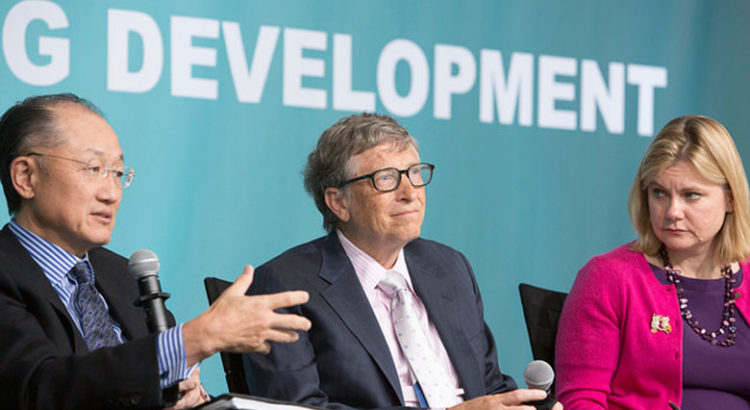

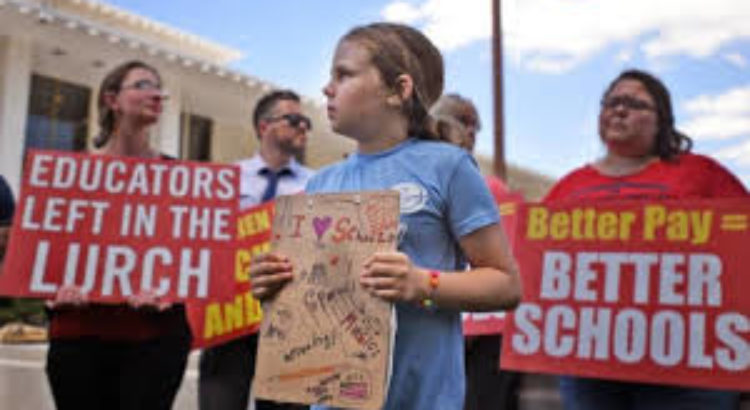

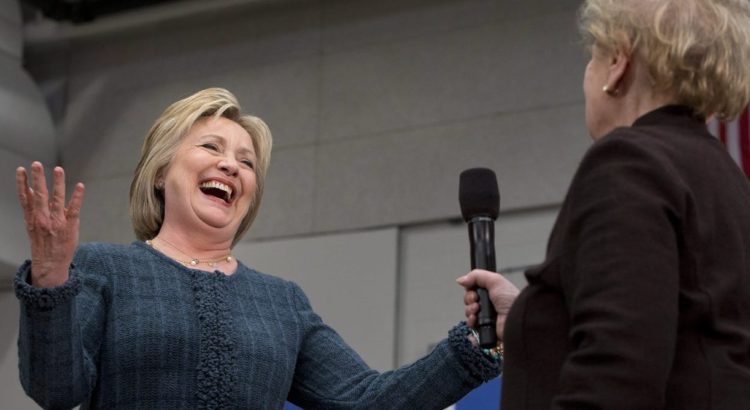

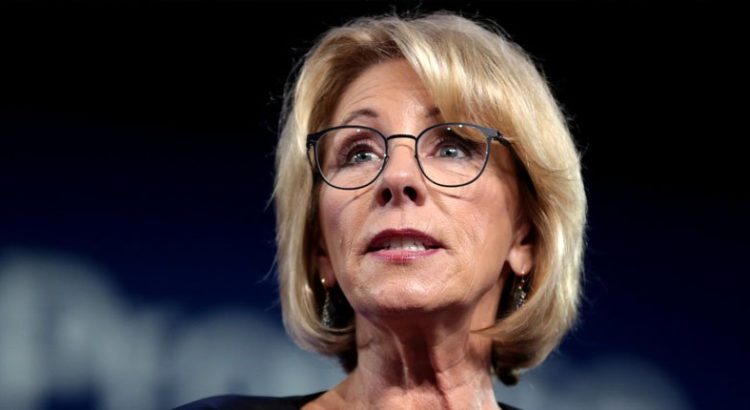
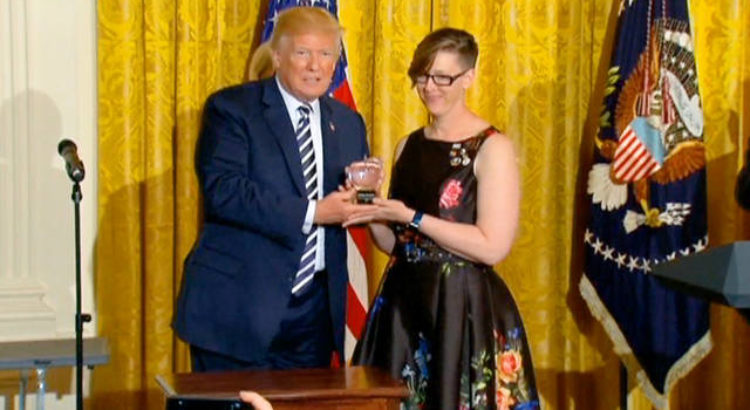




 Users Today : 48
Users Today : 48 Total Users : 35459954
Total Users : 35459954 Views Today : 55
Views Today : 55 Total views : 3418520
Total views : 3418520